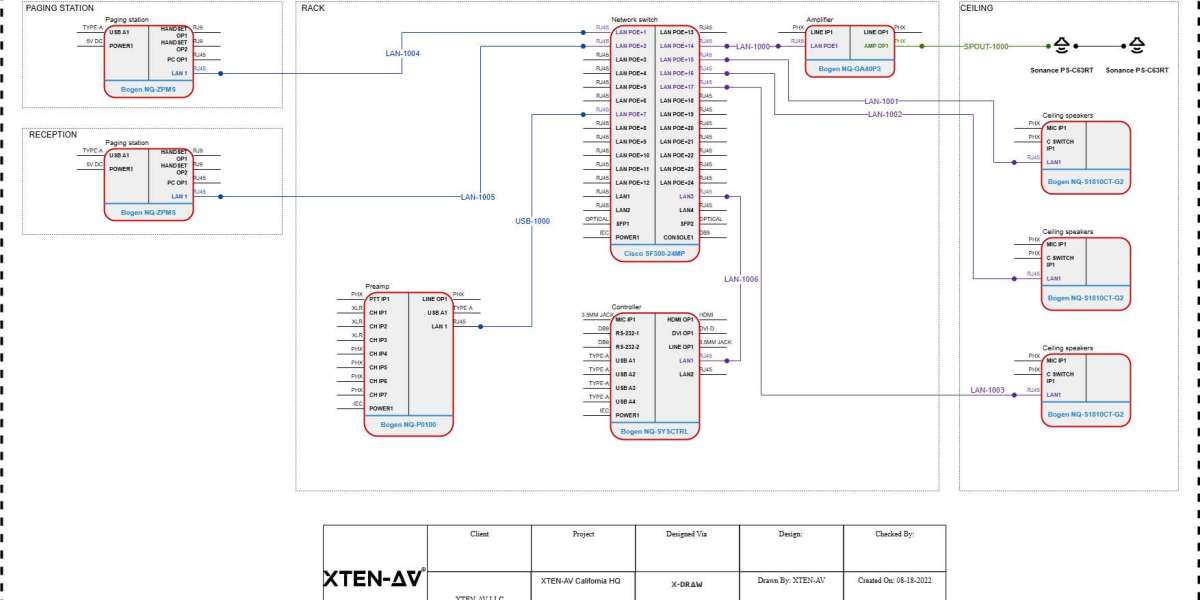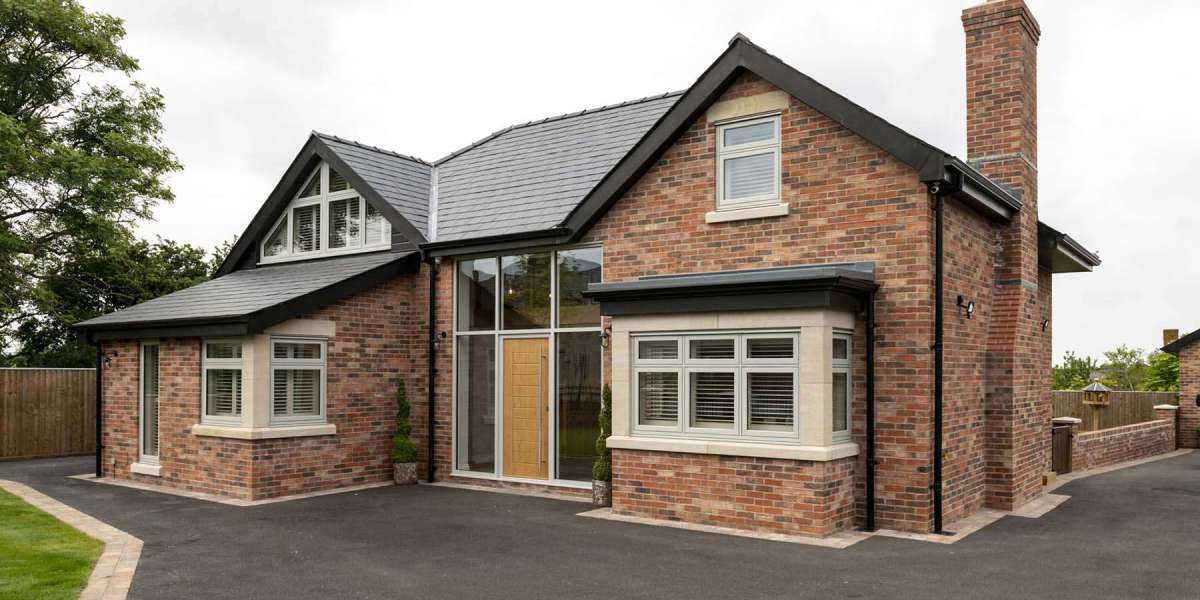Computer Aided Design or CAD has become a fundamental part of modern engineering, architecture, and product design. Whether you are designing a small mechanical part or a large building layout, CAD tools help turn ideas into precise digital models. However, one of the most important concepts that every designer should understand is the difference between parametric and non-parametric design. These two approaches define how a model is created, edited, and managed.
When using Generic CAD Tools, understanding this distinction can make a big difference in how efficiently you work and how flexible your designs become. In this blog, we will explore what parametric and non-parametric design mean, how they differ, and when to use each approach.
What Are Generic CAD Tools
Generic CAD Tools are general-purpose design software programs used for 2D drafting and 3D modeling across various industries. They are not limited to a specific type of work such as mechanical, electrical, or architectural design. Instead, they provide a wide range of basic features suitable for multiple applications.
For beginners and professionals alike, Generic CAD Tools offer an easy-to-learn interface and flexible functions. They support both parametric and non-parametric modeling techniques, allowing designers to choose the method that best fits their project needs.
Understanding the two approaches helps you make better use of these tools, improving productivity and design accuracy.
What Is Parametric Design
Parametric design is a modeling method that relies on parameters and relationships to define the geometry of a design. In simple terms, each feature in the model is controlled by dimensions, constraints, or formulas that dictate its shape and behavior.
For example, if you draw a rectangle and define its length and width as parameters, you can easily modify those values later. When you change one dimension, the software automatically updates the entire model to maintain its defined relationships.
This approach is rule-based and intelligent. The model remembers how it was built, allowing designers to make quick updates without redrawing or rebuilding geometry. Parametric design saves time and ensures accuracy, especially in projects that may require frequent revisions.
Key Features of Parametric Design
Dimensions and Constraints – Shapes and parts are defined by measurements and rules. For instance, two lines can be constrained to remain parallel, or a circle can maintain a fixed diameter.
History-Based Modeling – Each step of the design is recorded in a timeline or feature tree. You can go back and modify earlier features, and the changes automatically flow through the model.
Associative Updates – If you alter one part of the model, related parts update automatically to preserve design intent.
Formulas and Parameters – Many Generic CAD Tools allow mathematical relationships between parameters, such as defining the width as twice the height.
Parametric modeling is especially useful for projects that demand precision, repeatability, and easy modification.
What Is Non-Parametric Design
Non-parametric design, also known as direct modeling, focuses on geometric freedom. Instead of relying on parameters or constraints, this approach allows designers to directly manipulate the model. You can push, pull, stretch, or move parts of the geometry freely without being bound by predefined relationships.
In non-parametric design, there is no history tree or dependency structure. Each change you make affects only the selected geometry, giving you immediate results. This makes it ideal for conceptual designs, artistic work, and rapid prototyping.
Many beginners find non-parametric design easier to understand because it behaves more like working with clay—flexible and intuitive. However, it may not be as efficient when you need to make structured or repetitive changes.
Key Features of Non-Parametric Design
Direct Manipulation – You can edit shapes freely by dragging faces or edges without worrying about constraints.
No History Tree – The model does not remember how it was built, making it lighter and faster for simple edits.
Quick Changes – Ideal for quick adjustments or creative exploration without strict rules.
High Flexibility – Useful for organic shapes, artistic models, and conceptual prototypes.
Non-parametric design encourages creativity but can sometimes make it difficult to maintain consistency or precision in complex models.
Comparing Parametric and Non-Parametric Design
Both design approaches have their strengths and weaknesses. Understanding their differences helps you choose the right one for each situation.
| Aspect | Parametric Design | Non-Parametric Design |
|---|---|---|
| Control | Based on parameters and constraints | Freeform editing without rules |
| Flexibility | Structured but less flexible | Highly flexible and intuitive |
| Editing Speed | Slower for initial setup, faster for updates | Faster for quick edits, slower for repetitive tasks |
| Precision | High precision and consistency | Less precise for technical designs |
| Ideal Use | Engineering, architecture, and manufacturing | Concept art, early-stage modeling, creative work |
By understanding both, designers using Generic CAD Tools can switch between methods depending on the project requirements.
When to Use Parametric Design
Parametric design is best used when accuracy, repeatability, and structure are essential. For example, in engineering or product design, dimensions must be exact, and models often need frequent modifications.
If you are designing a mechanical part, architectural plan, or electrical layout, parametric modeling ensures consistency. Once you define relationships and constraints, any change you make will automatically update across the entire model.
Parametric design also makes collaboration easier since team members can modify parts without disrupting the model structure.
When to Use Non-Parametric Design
Non-parametric design is more suited for quick concept creation and early-stage visualization. If you need to experiment with shapes, explore ideas, or make creative models, this method offers more freedom.
Designers often use non-parametric modeling for artistic, sculptural, or presentation-based work. It is also beneficial for making one-off prototypes where design intent does not need to be preserved.
Additionally, when working with imported geometry or scanned data, non-parametric modeling can simplify the editing process because it does not rely on a feature history.
Combining Both Approaches
The best part about modern Generic CAD Tools is that they allow you to use both methods together. You can start with a parametric model for structured elements and then switch to non-parametric mode for direct modifications.
This hybrid approach gives you the accuracy of parametric design and the freedom of non-parametric editing. For instance, you can create a parametric 3D model of a product’s main structure and then use direct modeling to adjust surface details or add artistic features.
This flexibility is one of the reasons why Generic CAD Tools are so popular among designers. They let users adapt their workflow according to their project’s creative and technical needs.
Conclusion
Understanding the difference between parametric and non-parametric design is essential for anyone using Generic CAD Tools. Both approaches have unique strengths that can significantly influence your workflow and final design quality.
Parametric design offers structure, precision, and easy modification, making it perfect for technical projects. Non-parametric design provides creative flexibility and fast results, ideal for conceptual and artistic modeling.
By mastering both methods, you can take full advantage of your CAD software’s capabilities. Whether you are an engineer, architect, or designer, the ability to switch between these approaches gives you complete control over your design process.
XTEN-AV recognizes how important it is for new and experienced designers to understand these fundamental concepts. Generic CAD Tools equipped with both parametric and non-parametric features empower creators to design with accuracy, freedom, and innovation.
Read more: https://social.japrime.id/read-blog/230601













